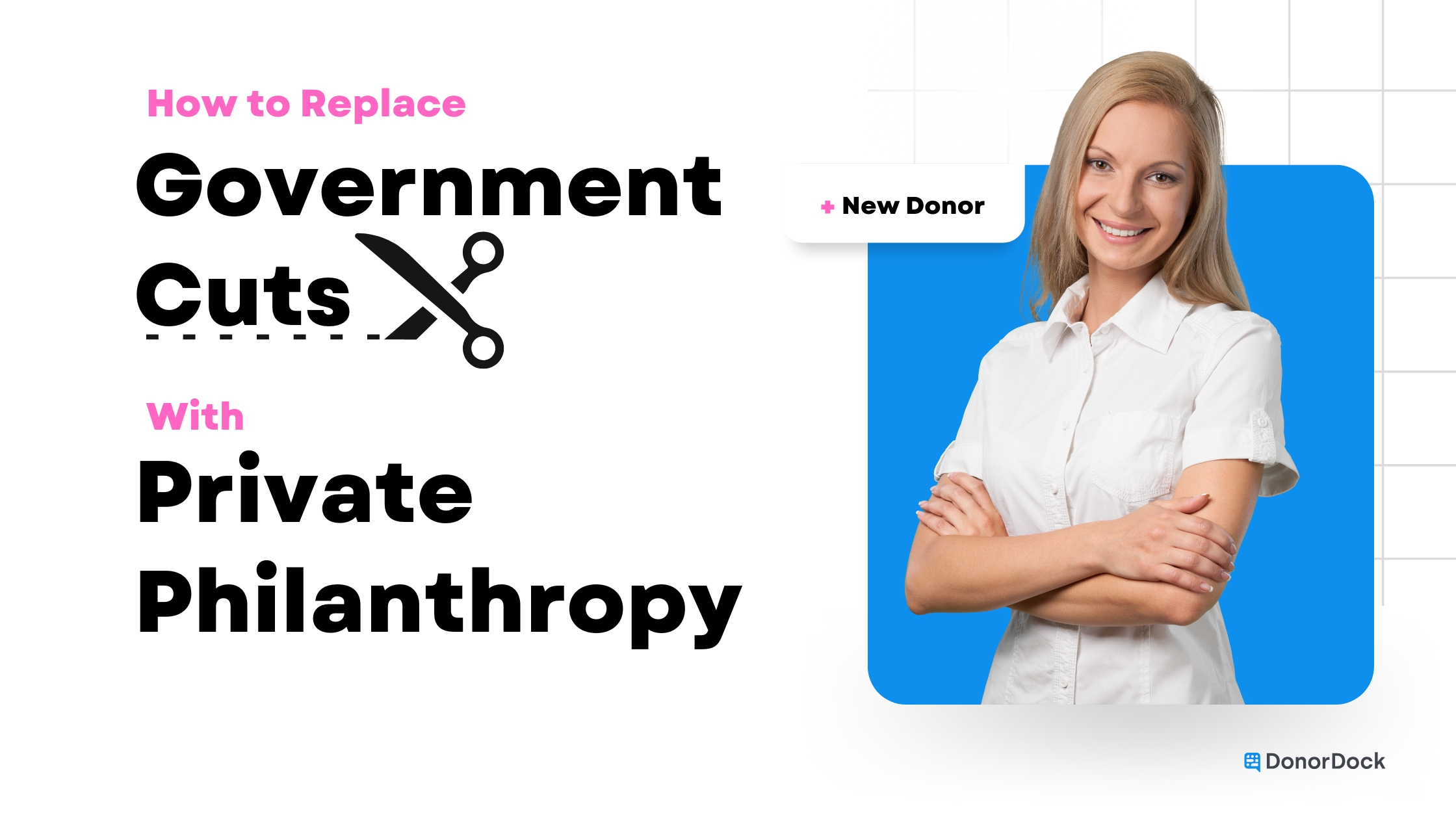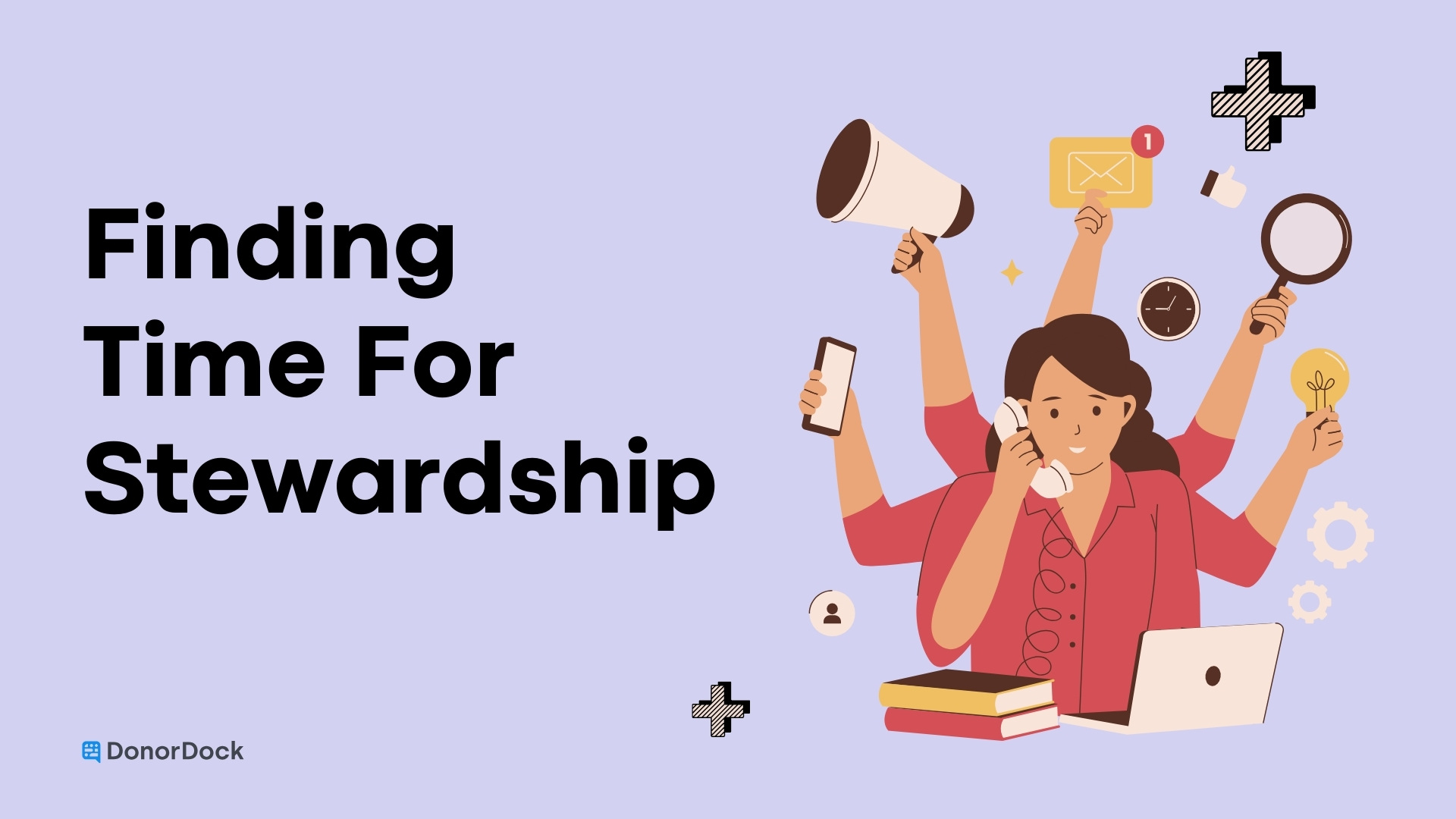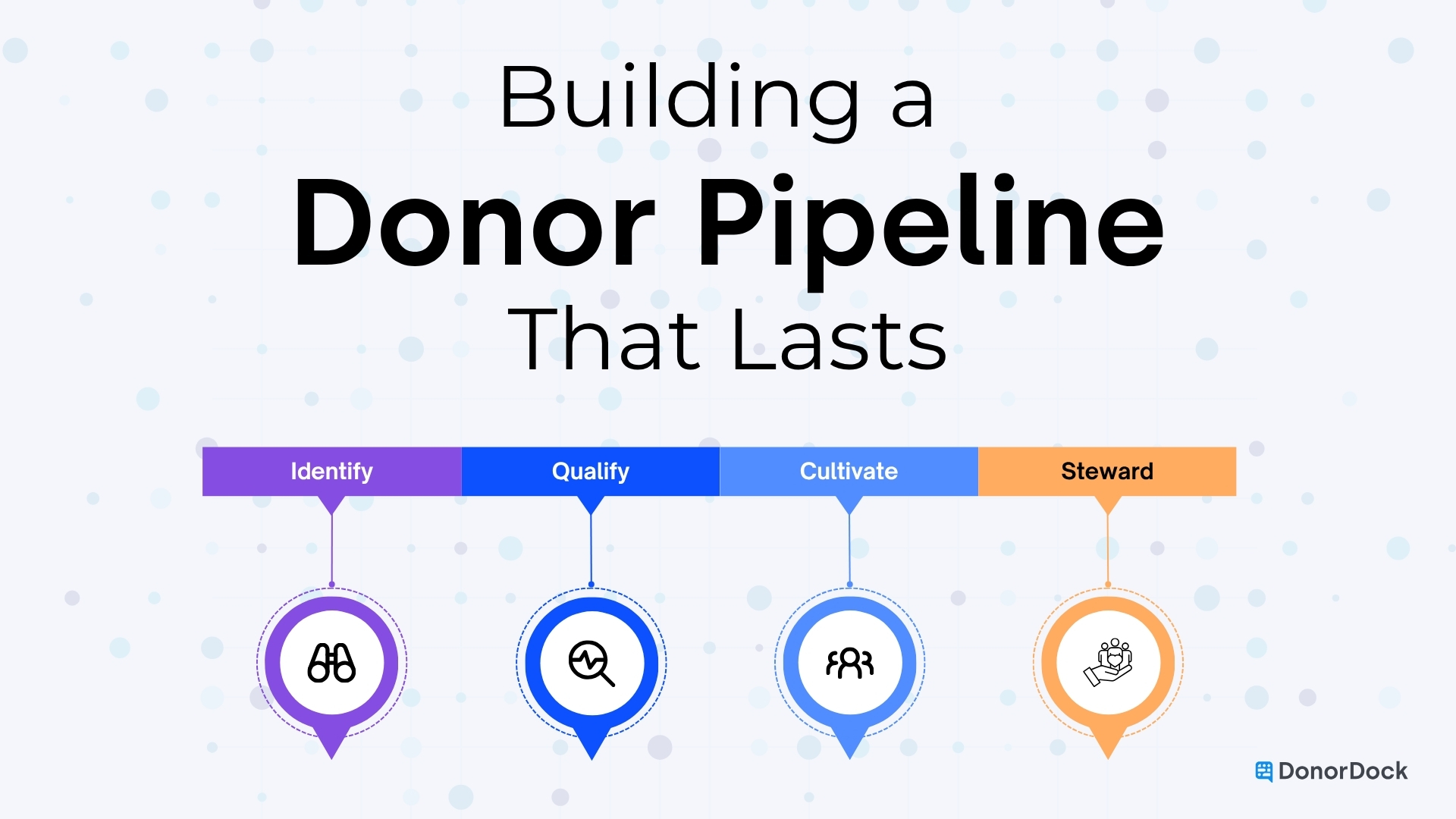When public funding slows or shrinks, small nonprofits feel it first. Programs pause. Waiting lists grow. Staff get stretched. As government grants become less reliable, you need to grow and diversify your donor base to stabilize revenue and replace the lost support. The instinct is to fire off an urgent appeal. But urgency without clarity can backfire. What donors need is a dignifying message that names the problem, shows the path, and invites them into a solution they can trust.
This guide gives you practical talking points, a dignity-first story map, simple impact math you can defend, and donor invitations that actually move people to act. You will walk away with language you can drop into your next email, board update, or coffee with a major donor.
Clarity is kindness. Tell the truth about the gap, then show how their gift turns into change.
The reality you must name
Before you write a single line, set the context. Donors are generous, but they are also practical. They want to know what changed and why their gift matters right now.
Here are four truths to anchor your message:
- Government money is a big part of the safety net. For many nonprofits, especially in human services, government grants and contracts are the second-largest funding source after fees. Sectorwide, about one third of nonprofit revenue is earned through agreements with governments. (Urban Institute, National Council of Nonprofits)
- Volatility is real this year. In Nonprofit Finance Fund’s survey, 84% of groups with government funding expected cuts, 85 percent expected demand to rise, and 36 percent ended the year with an operating deficit. That is the pinch your donors need to understand. (Nonprofit Finance Fund)
- Needs like hunger are rising. USDA reports that 13.5 percent of U.S. households were food insecure at some point in 2023, up from 12.8 percent the prior year. Local partners feel those lines in real time. (Economic Research Service, Reuters)
- Philanthropy is strong, but it cannot simply “replace” government. Giving in the U.S. reached an estimated $592.5 billion in 2024, which is encouraging, yet even national funders stress that private giving cannot match the scale or permanence of public dollars. Be honest about that while inviting donors to close concrete gaps near home. (Giving USA, AP News)
Truth lines you can borrow:
“Public dollars and private giving are partners in our community’s safety net. When one dips, people feel it. Here is how your gift meets the moment.”
A dignity-first message map you can reuse
Great appeals respect people and motivate action. Use this four-part map anywhere: email, board decks, events, even media interviews.
1) Problem, with context not blame
Name what changed. Connect it to the mission and to neighbors, not politics.
- “State reimbursements for our youth program are delayed until December. That means 60 students could lose after-school support in the next eight weeks.”
2) People, with dignity
Focus on strengths and aspirations. Avoid labels that reduce people to problems. If you share a story, get consent and protect privacy. See DonorDock’s guides to ethical, donor-centered storytelling for helpful prompts: Using Your Nonprofit Story to Inspire and Nonprofit Storytelling.
3) Path, with simple impact math
Show exactly how gifts turn into outcomes, and where public funding resumes or does not. Keep it local and time-bound.
4) Proof, with receipts
Close the loop with quick updates, photos, and a thank you. Promise what you will measure and report back.
For tone and ethics, these resources are helpful on dignity-centered storytelling and language that honors the people you serve. (TrueSense Marketing)
- “We are not asking you to replace government. We are asking you to make sure kids do not lose what matters in the gap.”
Simple impact math donors can trust
You do not need grand numbers. You need clear, defensible math that shows how a donor’s gift converts to real outcomes.
Build your math in three steps:
- Name the gap.
“Our after-school program faces a 10-week gap in reimbursements.” If a local example helps, point to similar organizations navigating federal delays so donors know this is widespread, not mismanagement. - Translate costs into units.
List direct costs for one unit of service: one program day, one class, one counseling session. Include staffing, supplies, and a reasonable share of overhead. Divide your weekly need by units. - Give tiers that feel human.
- $45 keeps one student in tutoring this week.
- $250 covers a week of healthy snacks for 60 students.
- $1,000 funds two weeks of program transport, keeping attendance stable.
Pro tip: If hunger is your issue, tie your tiers to what the community is experiencing. Cite the USDA’s 2023 data point that food insecurity rose again, then anchor your local unit costs. That pairing boosts credibility and urgency. (Economic Research Service)
Talking points and scripts you can steal
Use these starters as building blocks. Adjust the numbers and details to your reality.
For an email opener
Subject: So our kids do not lose the hours that matter
Last week we learned our state funds for after-school support will not arrive until December. That gap puts 60 students at risk of losing homework help, a healthy snack, and a safe place to belong. Your gift this month keeps the doors open while we wait. We will report back every Friday so you can see the difference you made.
For a major donor visit
“We rely on a braid of funding. Government grants pay for licensed staff and evidence-based curriculum. Private gifts keep the experience whole. When reimbursements stall, the program shrinks at the exact moment demand grows. Would you consider funding two weeks of transport so students can still get here?”
For a foundation cover note
“Our ask is time-bound and local. We are not replacing public dollars. We are ensuring continuity of service in a ten-week window. Here is what we will measure and report by week 4 and week 10.”
Invite people closer than a check
When government funds wobble, proximity builds confidence. Let supporters see the work up close and move from sympathy to solidarity.
Create three low-lift invitations:
- “Mission hour” site tours. One hour. Two stories. One quick activity. End with a specific, time-bound need. Invite guests to fund a week, sponsor a class, or underwrite transport.
- Volunteer sprints. Short, skilled tasks like packing weekend meal kits or coaching resume reviews.
- Coffee with the executive director. A 30-minute briefing on the funding landscape, program demand, and a single clear opportunity to help.
Follow through fast. Use DonorDock to segment your audience so each invite fits the person. Start with Donor Segmentation or 6 Strategic Donor Segments so your messages land with relevance, not noise. Keep your outreach steady with a simple weekly rhythm from The 5–8 Fundraising Plays That Actually Work.
Stephanie talks about the power of "getting donors in the door"
Channel plan and cadence that respect attention
You do not need a communications blitz. You need a short series that tells a consistent story.
Week 1: “Here is the gap.”
- Email to all donors with your four-part message map.
- Two personal calls to top supporters.
- A simple social post with one photo and a link to give.
Week 2: “Here is the impact.”
- Short update with two photos, one quote, one metric.
- Thank-you texts to everyone who gave.
- Invite five people to a mission-hour tour the next week.
Week 3: “Here is what is next.”
- A donor story that shows dignity and momentum.
- One specific, tangible need.
- Repeat your Friday progress note so donors see consistency.
A note on transparency donors will love
Be explicit about math, timing, and accountability. If public funding resumes, say so and shift private gifts to the next highest need. If it does not, be candid about what that means and how you will adapt.
Donors will not punish you for the truth. They will lean in when they see stewardship.
And remember: even as philanthropy grows in strong market years, national reporters and sector leaders remind us that private giving cannot, and should not, replace the scale of public investment. Your goal is to keep essential services continuous and human while policy and budgets play out. (Giving USA, AP News)
Wrap up
You can do this. Name the gap with courage. Tell a dignifying story. Show simple, defensible math. Invite people closer than a donation form. Report back quickly and repeat. That is how you mobilize private philanthropy to keep neighbors supported while public funding catches up.
Ready to focus on what matters most and ease your mental load? DonorDock is built for small and growing fundraisers. Use segmentation and a steady weekly rhythm to turn clear messaging into consistent support. Schedule a demo and start building meaningful donor relationships today.




.jpg)







